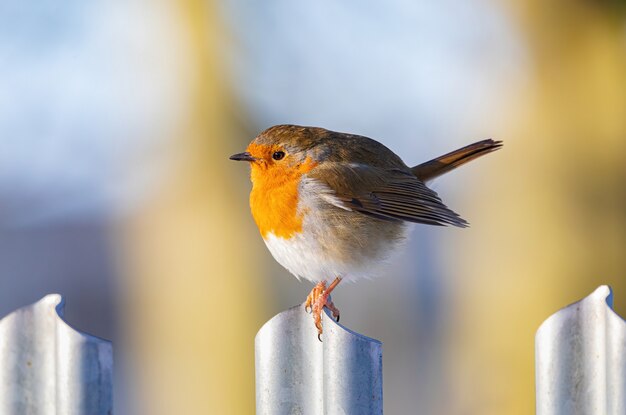In the vast and diverse world of avian creatures, birds that start with the letter “L” exhibit various characteristics, behaviors, and habitats. From melodious singers to aquatic masters and colorful wonders, each “L” bird has its unique charm. In this article, we will explore these extraordinary feathered friends and uncover their intriguing stories.
Table of Contents
ToggleLark – The Melodious Singer
Larks, often found in open fields and grasslands, are known for their exquisite singing abilities. These birds are masters of the sky, ascending high above the ground before descending in a mesmerizing display of song. Their songs are not only melodic but also serve to establish territory and attract potential mates.
Loon – The Aquatic Master
Loons are exceptional divers, often spotted in North American lakes. With their striking black-and-white appearance and eerie calls, loons symbolize wilderness. They are known for their remarkable underwater hunting skills, diving to catch fish with precision. Their presence is crucial to the health of aquatic ecosystems.
Lories and Lorikeets – The Colorful Wonders
Lories and lorikeets are a group of parrots celebrated for their brilliant and vibrant plumage. Their diet mainly consists of nectar and pollen, making them essential pollinators in their native habitats. These parrots exhibit playful behaviors and social interactions that make them a favorite among bird enthusiasts.
Lapwing – The Agile Aviator
Lapwings, or plovers, are agile birds often found in wetlands and grassy areas. Their distinctive appearance and unique nesting habits set them apart. Lapwings are known for their remarkable aerial acrobatics, which they use to protect their nests from potential threats.
Lyrebird – Nature’s Mimicry Artist
The lyrebird, native to the forests of Australia, is a true marvel of nature. Renowned for its extraordinary ability to mimic a wide range of sounds, including chainsaws and camera shutters, the lyrebird is a testament to the diversity of avian vocalization. Their role in the ecosystem as seed dispersers is equally intriguing.
Lilac-breasted Roller – An African Gem
The lilac-breasted roller is a bird of remarkable beauty, known for its striking plumage. This African species dazzles with its vibrant colors and acrobatic flight patterns. These rollers are often seen perched on exposed branches, scanning for prey on the ground.
Lovebird – The Symbol of Affection
Lovebirds are small parrots cherished for their social behavior and affectionate nature. They are known for forming strong monogamous bonds and are often seen grooming each other as a display of affection. Due to their charming personalities, lovebirds have become popular choices as pets.
Conclusion
In the world of birds, those starting with “L” offer a unique blend of attributes. From the melodic songs of larks to the aquatic grace of loons, the colorful wonders of lories and lorikeets, the agile aviators like lapwings, the mimicry artistry of lyrebirds, the African gems like the lilac-breasted roller, and the symbol of affection in lovebirds, these birds enrich our natural world. Their presence adds to the tapestry of life, reminding us of the beauty and diversity of our avian friends.
Get to know these “L” birds, appreciate their significance and consider their conservation to ensure they continue to grace our skies and ecosystems.
Unique FAQs
Q1: Are lovebirds good pets for beginners?
Lovebirds can make great pets for beginners due to their small size and affectionate nature. However, they do require proper care and attention.
Q2: Do larks sing all day long?
Larks are known for their melodic songs, but they typically sing more in the early morning and evening. They may sing during the day but are less active in the heat.
Q3: How do lilac-breasted rollers catch their prey?
Lilac-breasted rollers catch their prey, mainly insects, by swooping down from a perch and grabbing them with their sharp beaks.
Q4: Where can I spot loons in North America?
Loons are commonly found in North American lakes, especially in regions with freshwater bodies and abundant fish.
Q5: What is the conservation status of lyrebirds?
The conservation status of lyrebirds varies, but some species are considered vulnerable due to habitat loss and other environmental threats.





